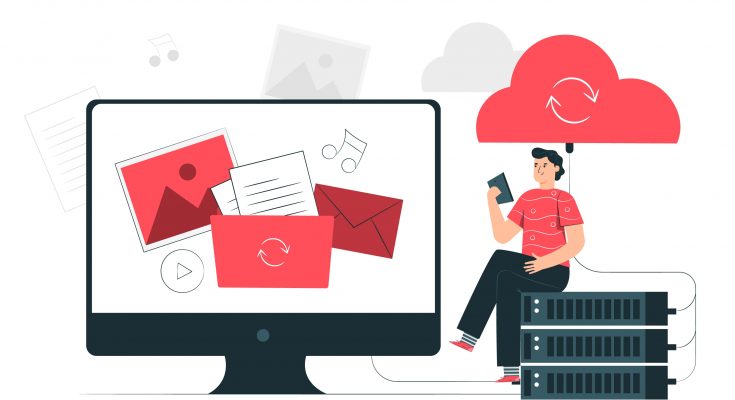The journey of migrating business data (either from local storage or from current cloud storage to another cloud) is one filled with many technical challenges. Businesses face technical challenges at every aspect of the migration, be it during the discovery phase or the post-migration stage.
Here is a walk-through of the basic and advanced cloud data migration challenges businesses of all sizes face:
- Migrating Metadata, Permissions, and Other Features
One of the most important factors that makes business data migration highly challenging is the need to transfer permissions, metadata, and other features while migrating bulk company data. Businesses moving from one comprehensive cloud suite to another, e.g., from Google Workspace to Microsoft 365, usually need to transfer a lot of features to ensure collaboration is not disrupted.
Transferring all the complex permissions and metadata becomes simple for businesses with a discrete data migration tool like CloudFuze. CloudFuze effortlessly migrates metadata, sharing permissions, versions, shared links, external shares, in-line comments, and embedded links.
- Migrating Source Cloud-specific Features
Apart from transferring collaboration-specific features such as sharing permissions, embedded links, and shared links, the need to migrate source cloud-specific features also adds to business cloud data migration challenges.
For example, when migrating company data from Box to OneDrive, businesses need to migrate Box Notes and that too, in Microsoft 365 relevant format. With CloudFuze, companies can migrate Box Notes to OneDrive as Microsoft Word docs.
- Adhering to the Destination Cloud’s Limitations
One of the advanced business cloud data migration challenges is adhering to the specific limitations of the destination cloud. It is only by adhering to the destination cloud’s specific limitations that businesses can avoid or minimize migration conflicts.
For example, when migrating to Microsoft 365 (OneDrive for Business and SharePoint Online) from clouds such as Dropbox, Egnyte, and Box, companies need to replace unsupported special characters from file and folder names. It is also important to trim long folder paths to adhere to Microsoft 365’s 400-character limit.
- Planning and Deploying Solutions for Custom Requirements
Businesses that have a complex migration project in pipeline usually need turnkey solutions for meeting their custom requirements. To address this business cloud data migration challenge, a discrete and scalable migration tool plays an integral role.
Businesses need to ensure that the deployment of the custom solutions is seamless to avoid loopholes in meeting the custom requirements.
- Transferring the Incremental Changes After Completing the One-time Migration
In most cases, it takes several quarters or even more than a year to migrate several hundred TBs or PBs of business data. And during that period of time, end-users in the source cloud will make a lot of changes to the files and folders, necessitating the transfer of incremental changes after the one-time migration is complete.
To address the challenge of transferring high volume incremental changes to the destination cloud after the one-time migration stage, businesses of all sizes need to rely on a data migration tool like CloudFuze that has robust delta migration and comparison delta capabilities.




